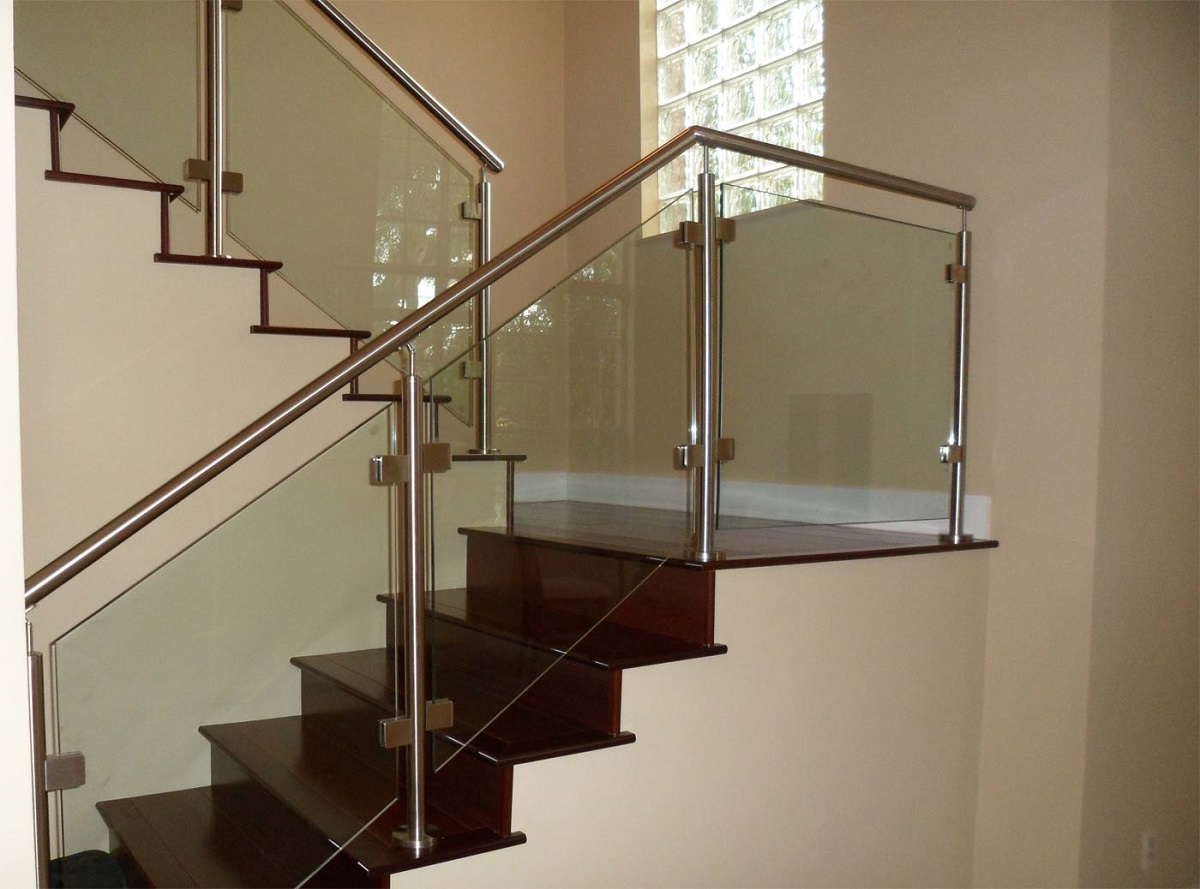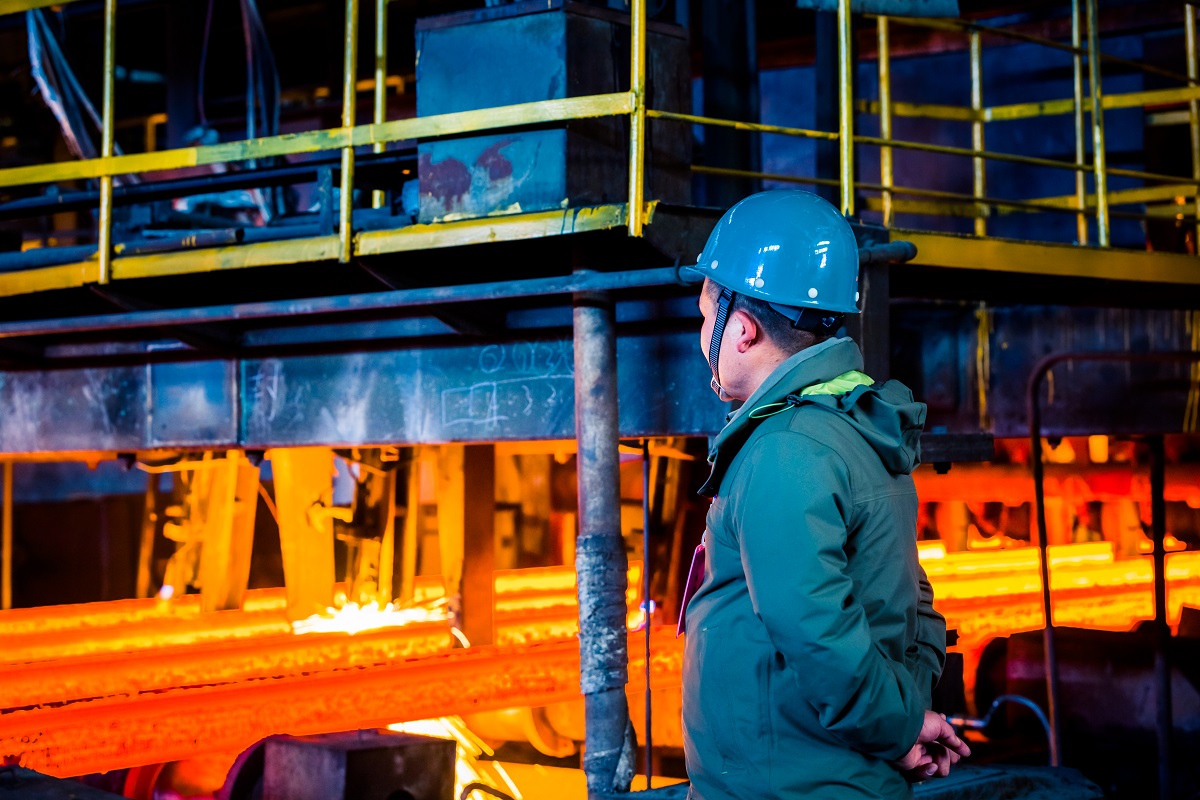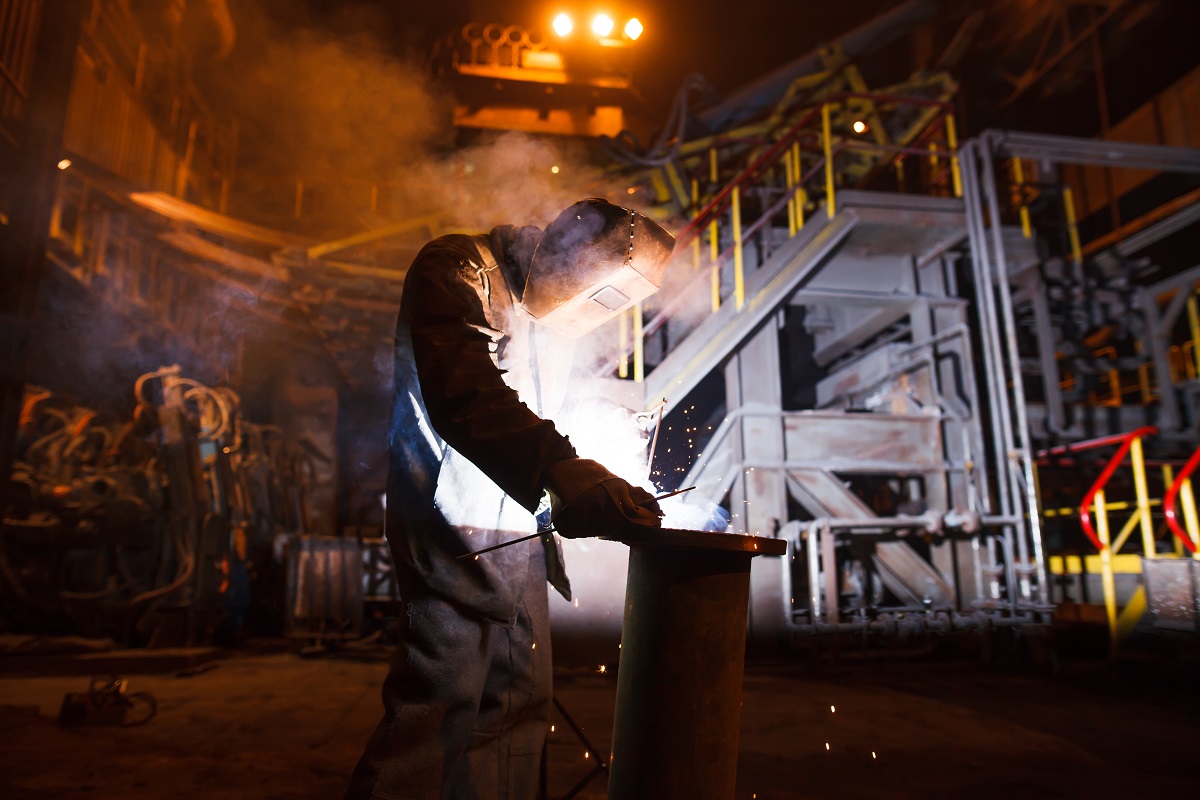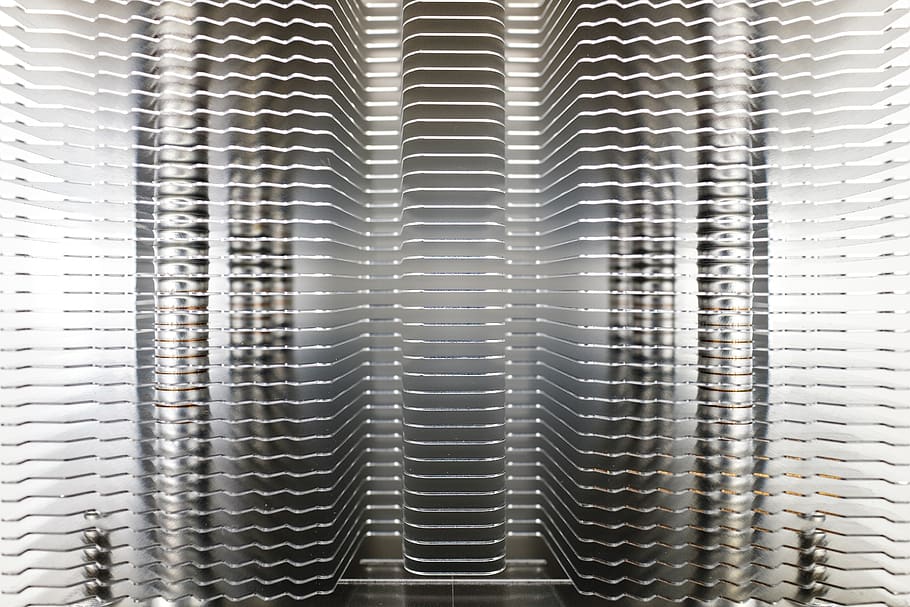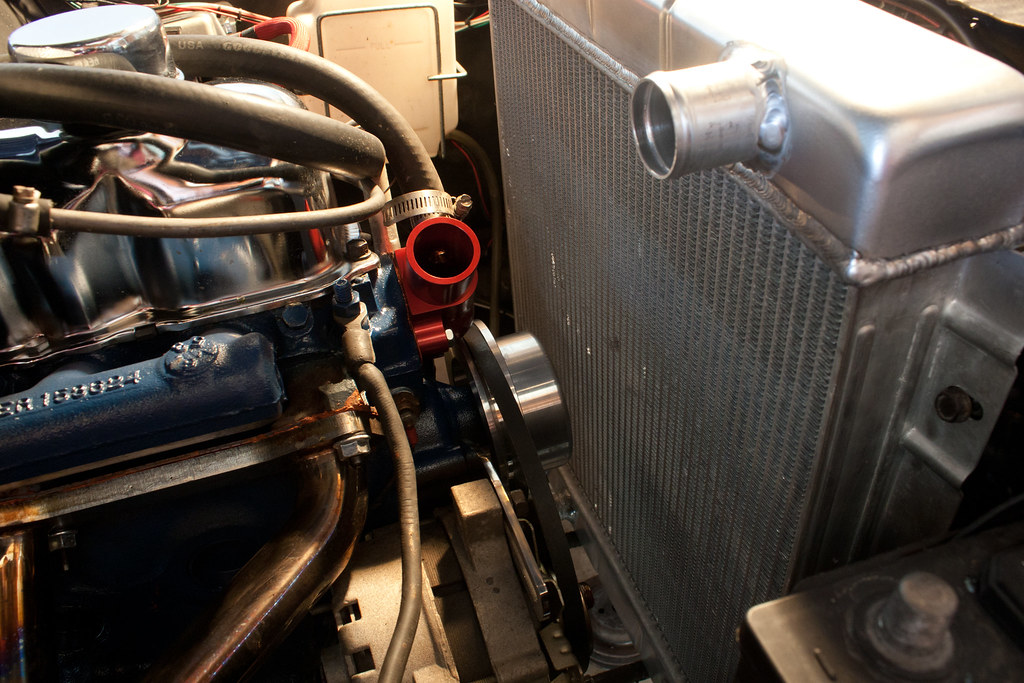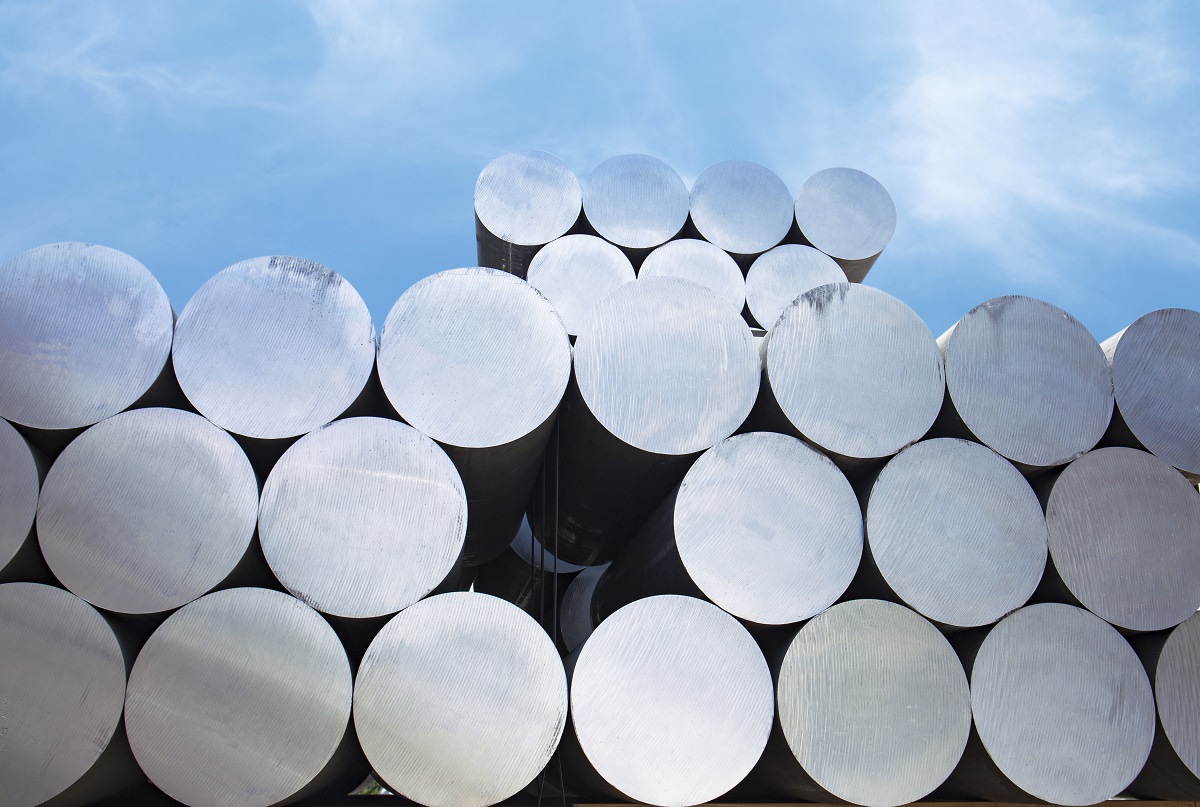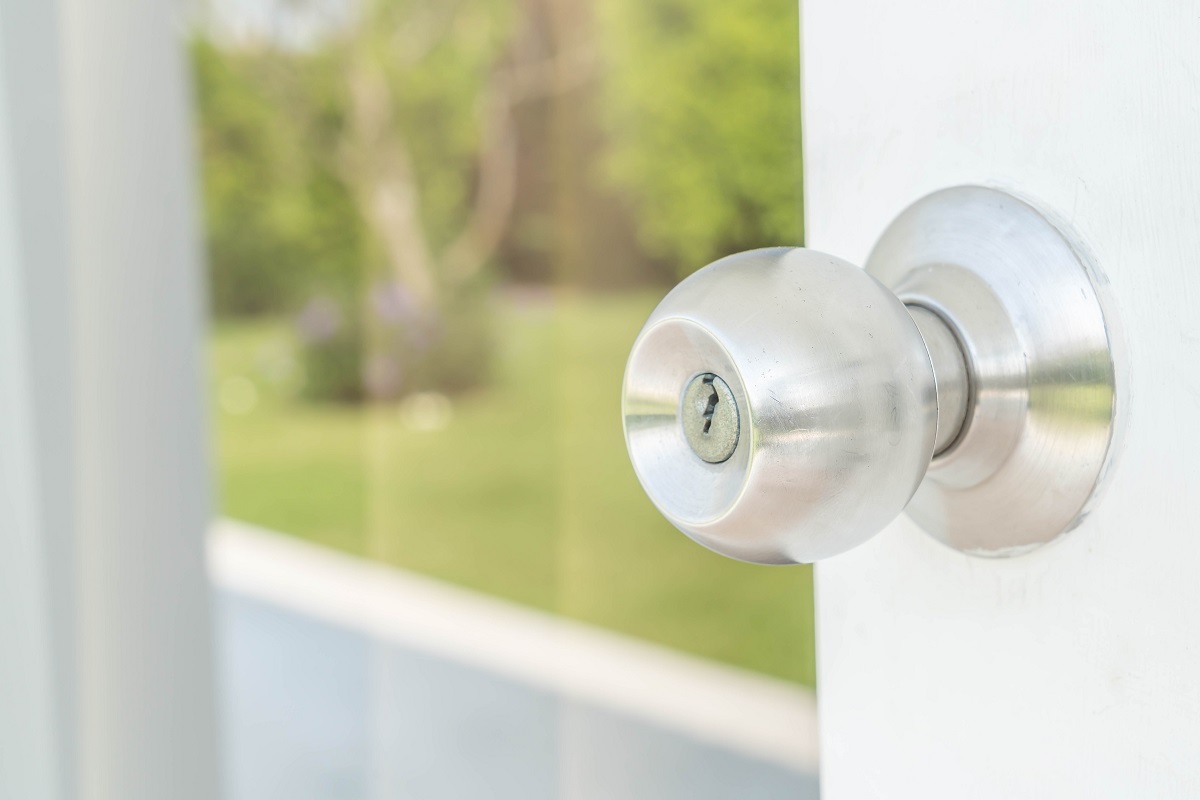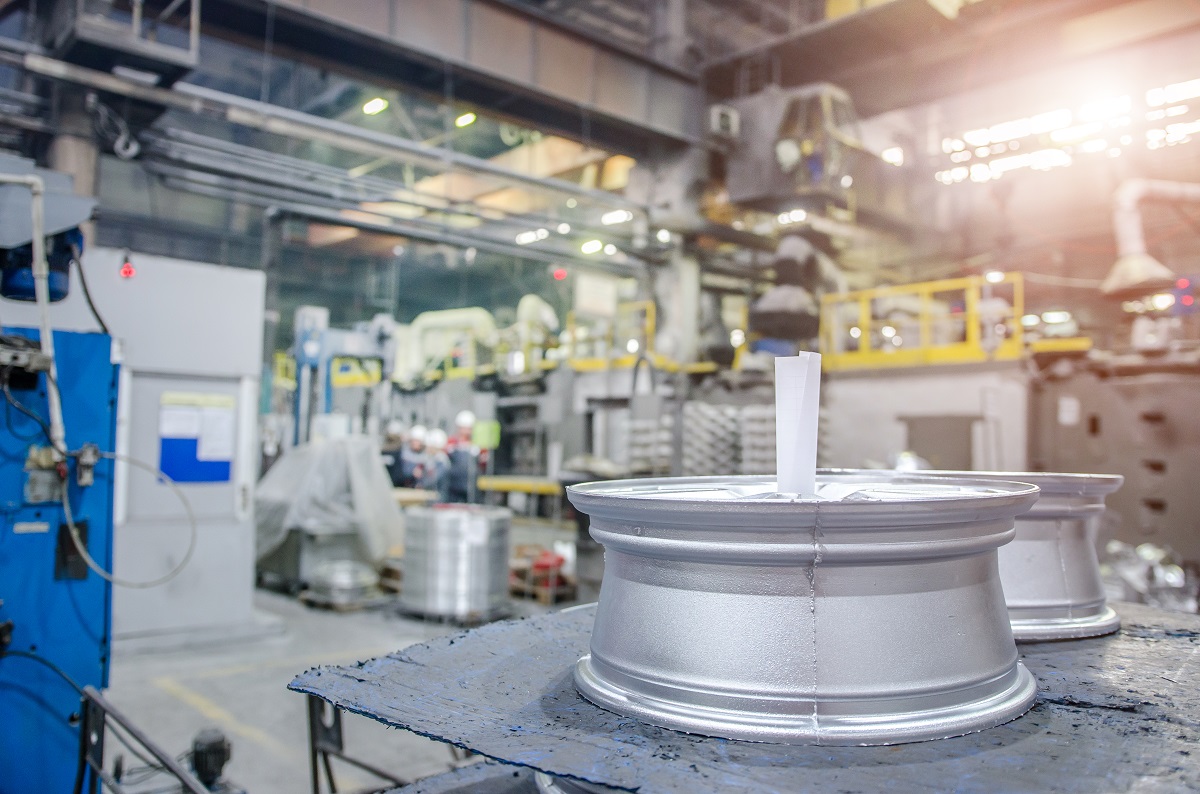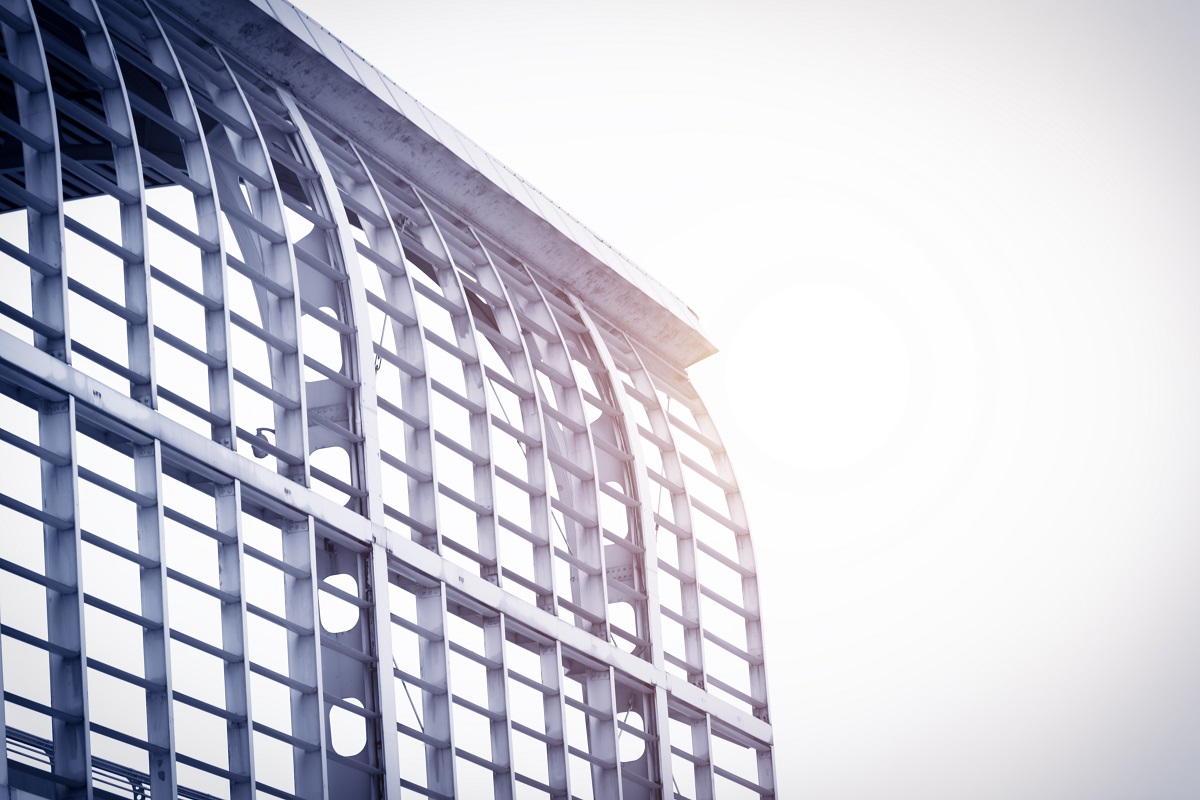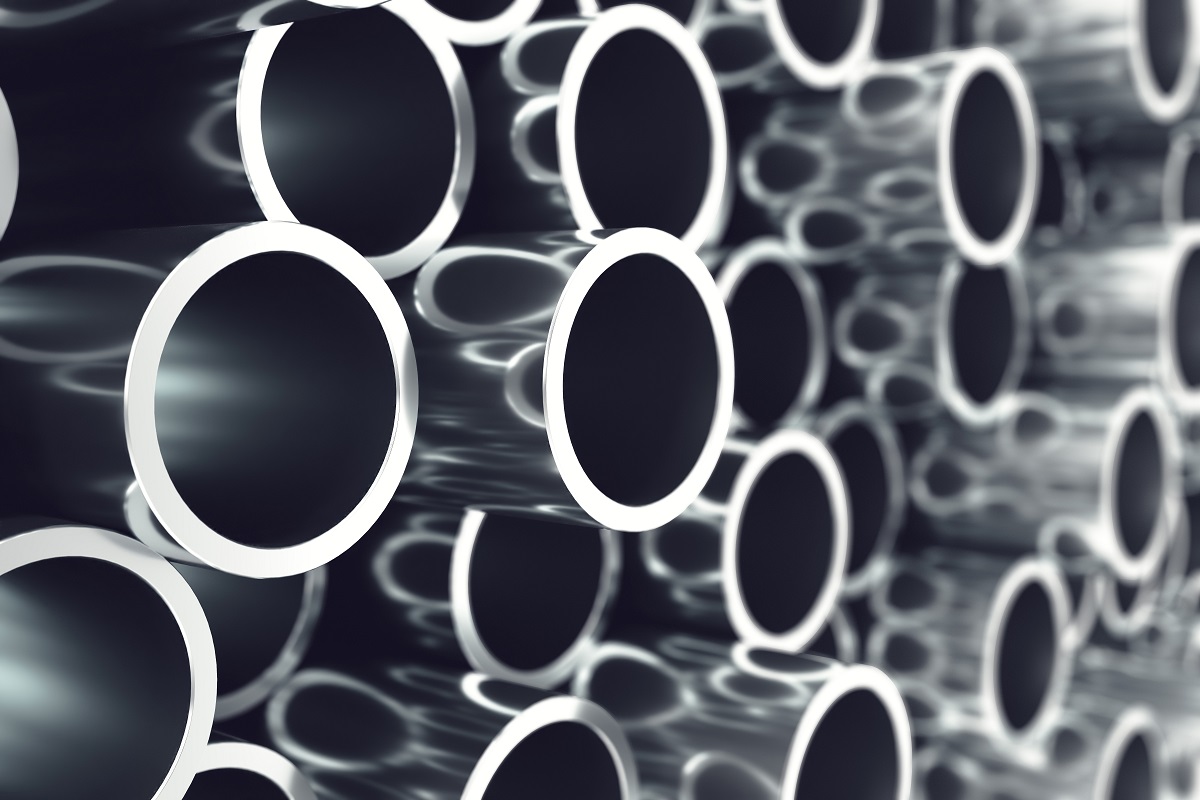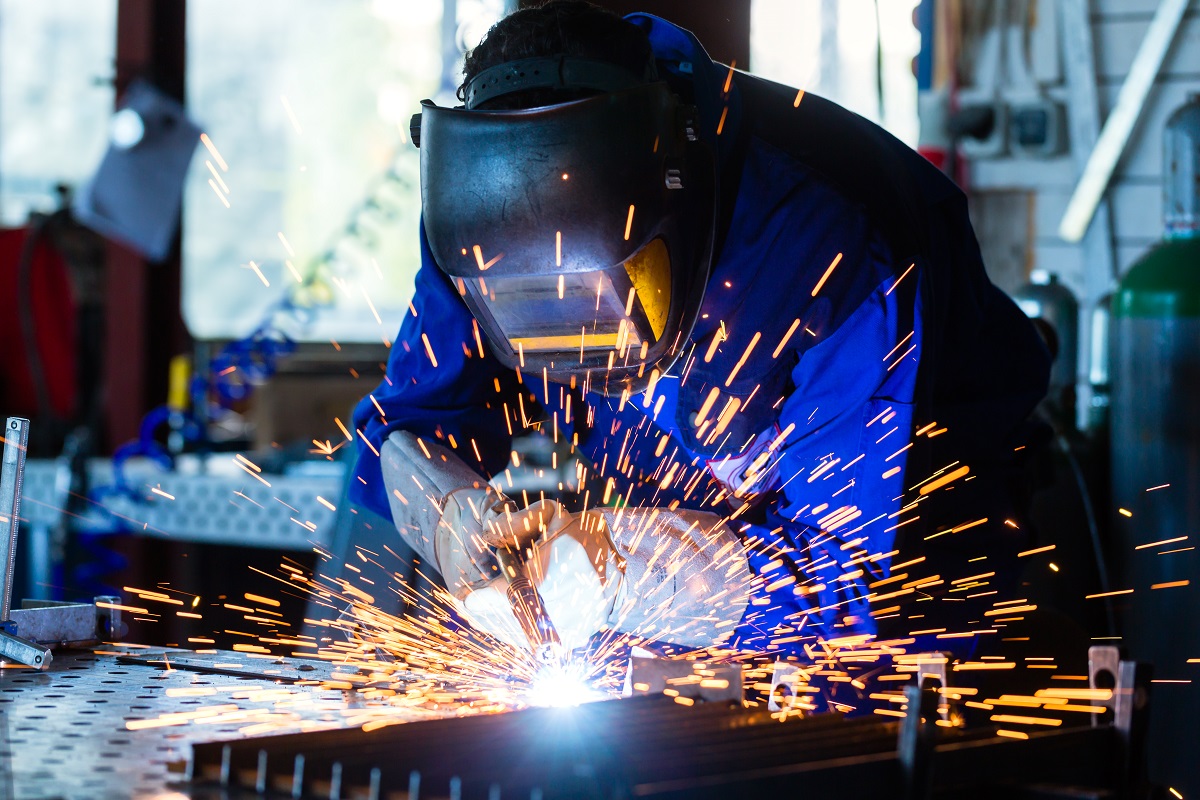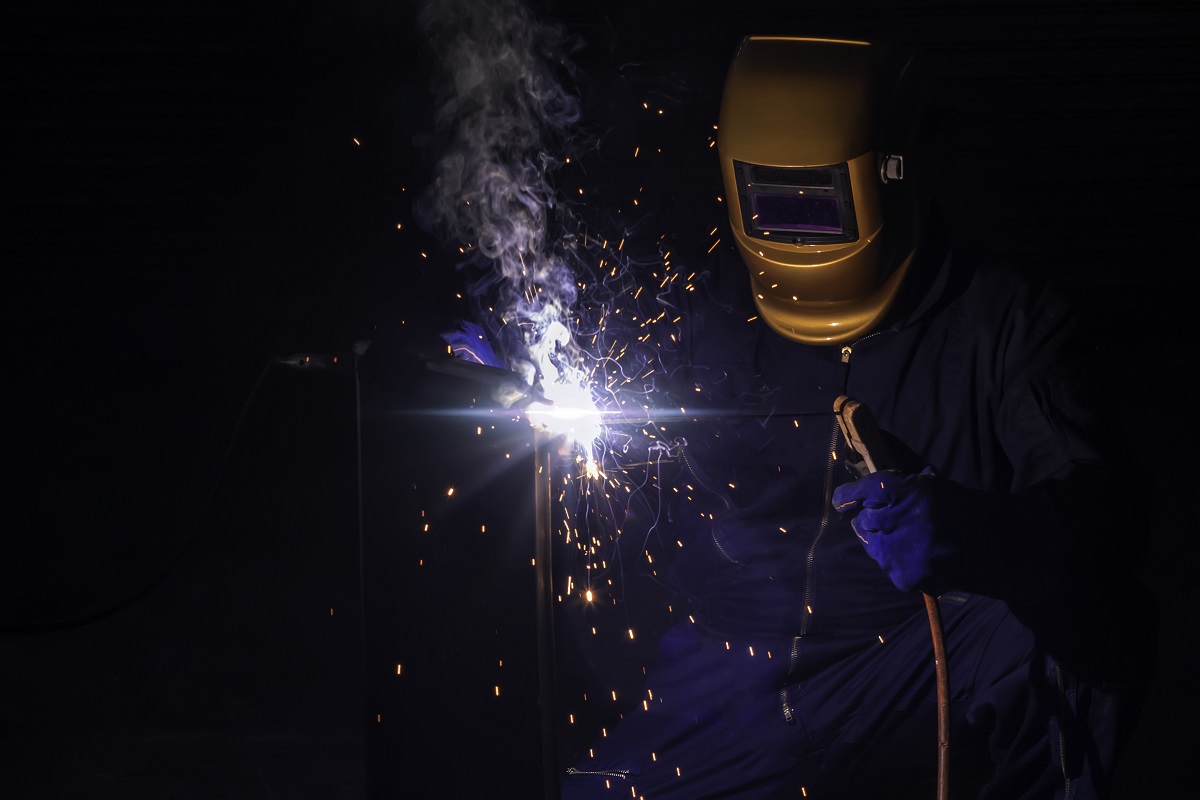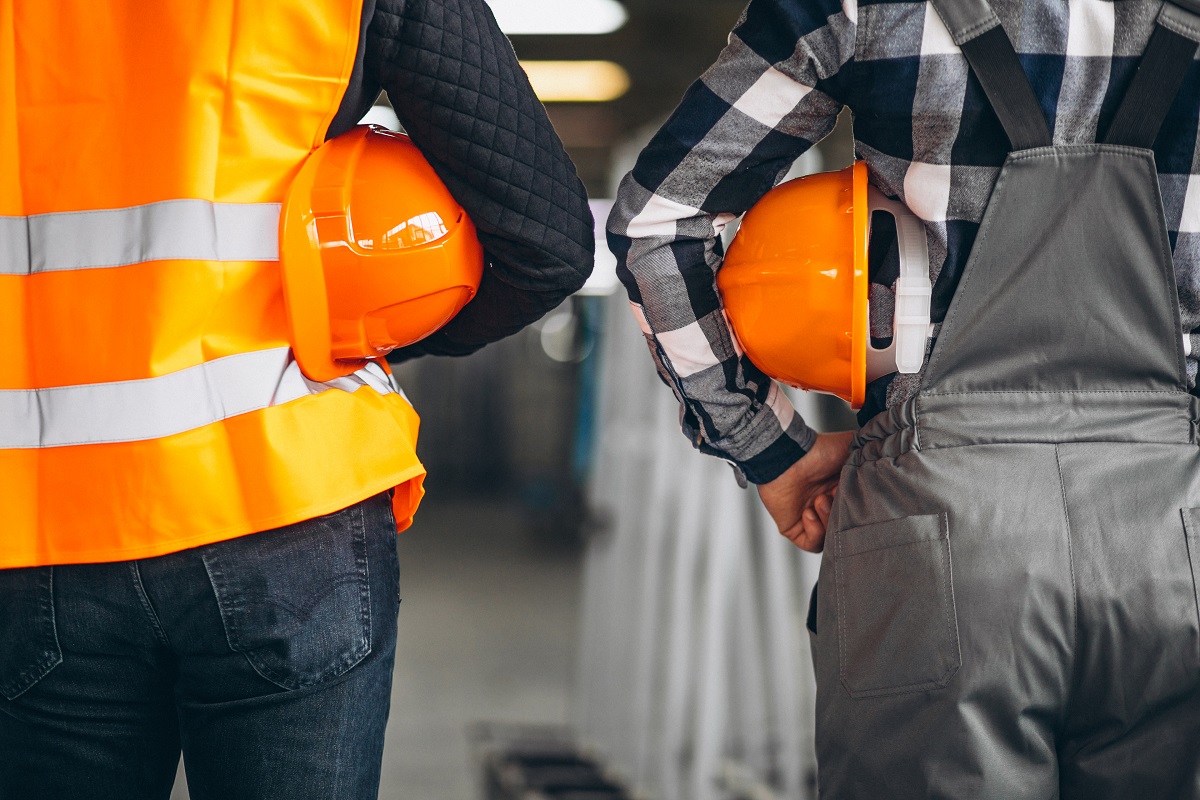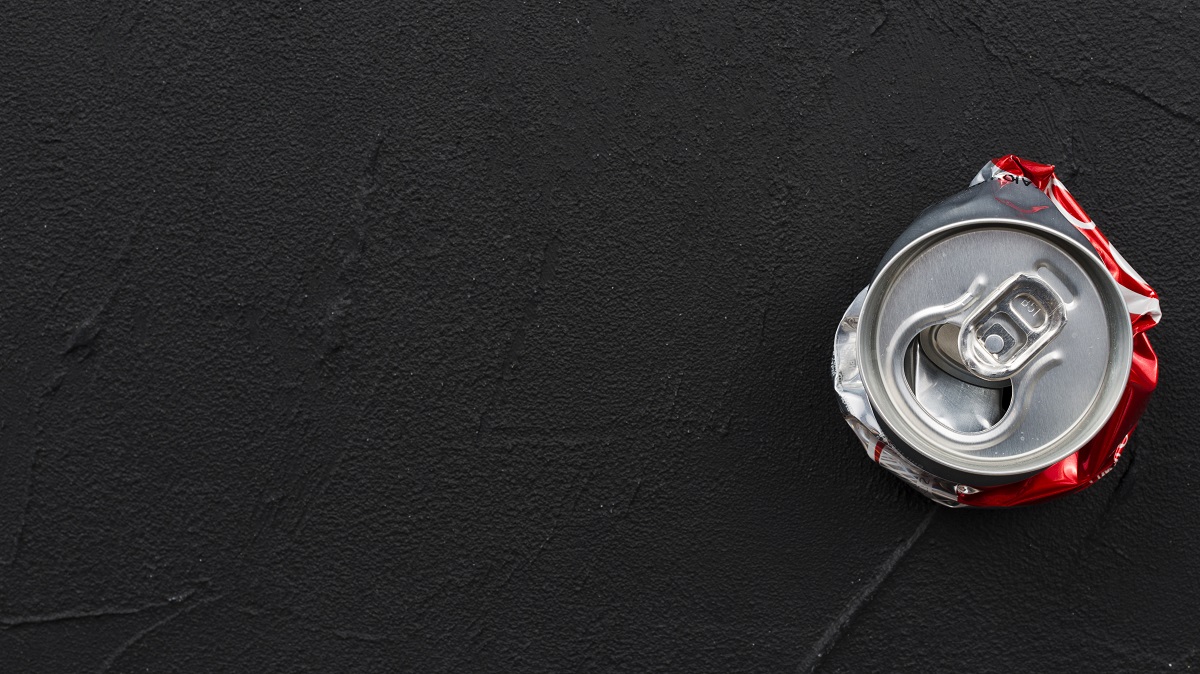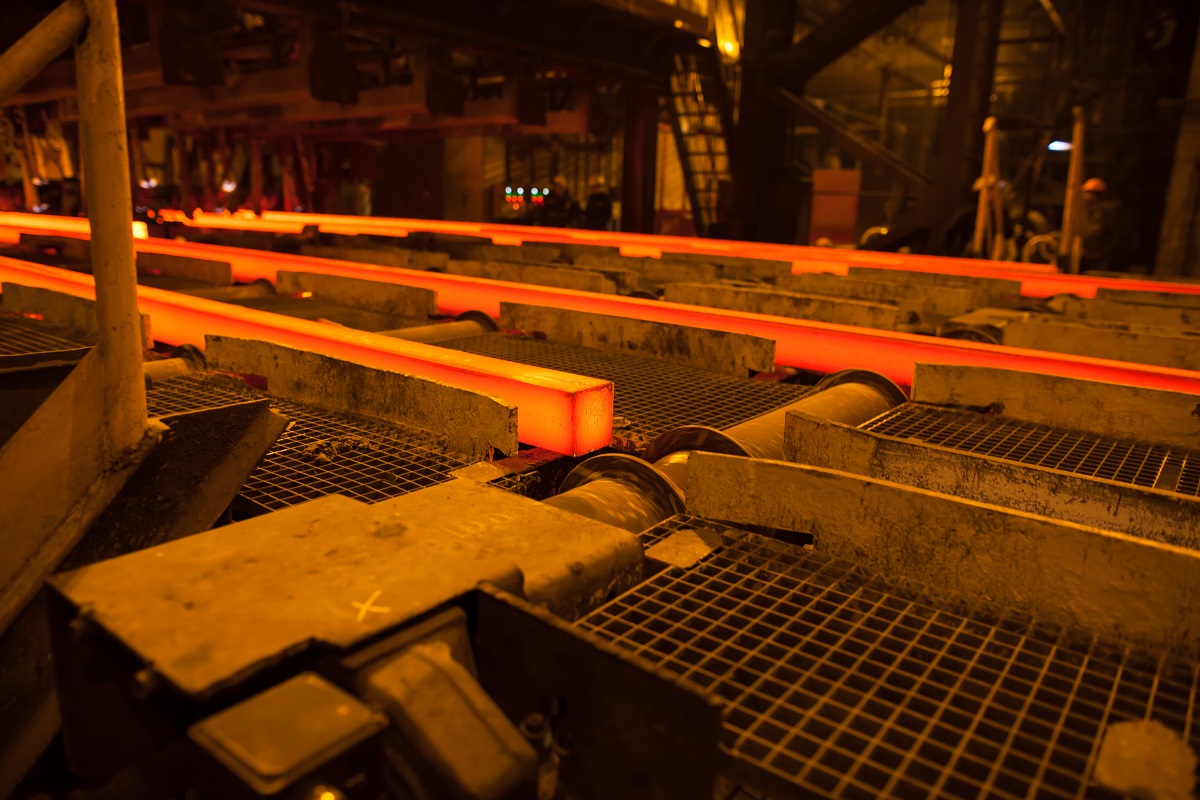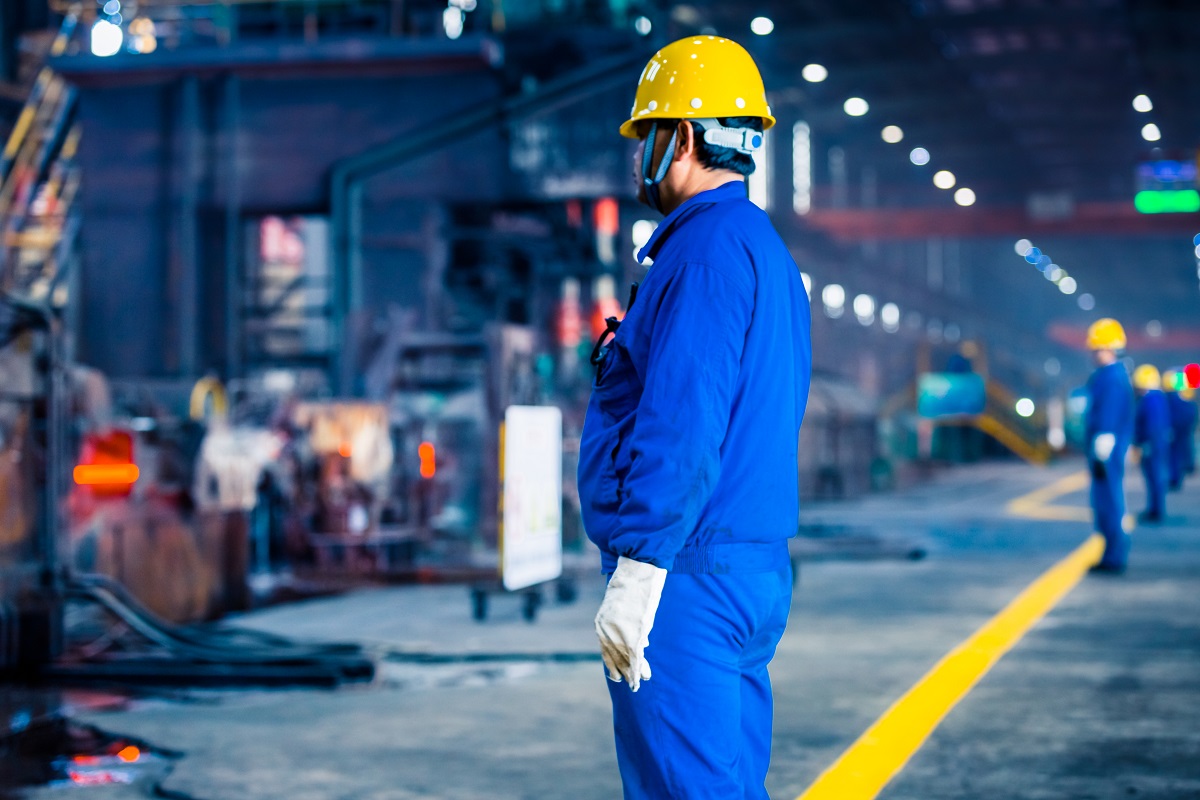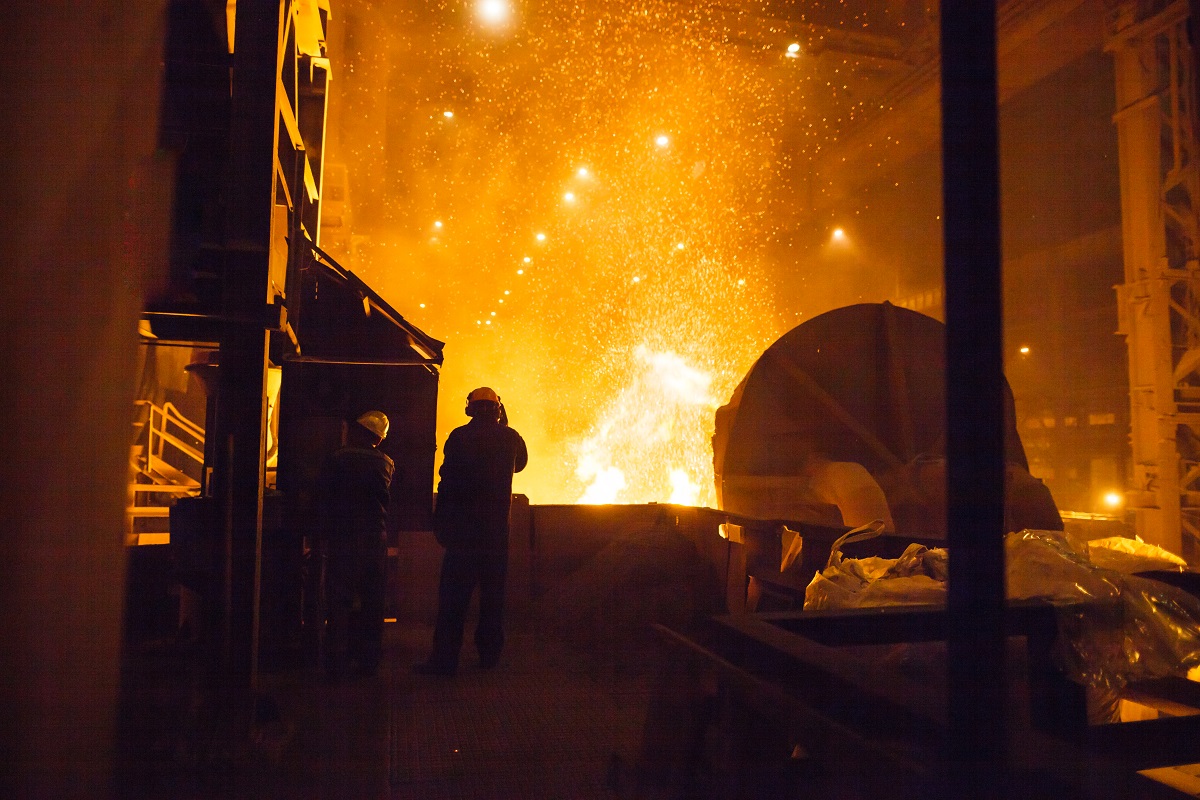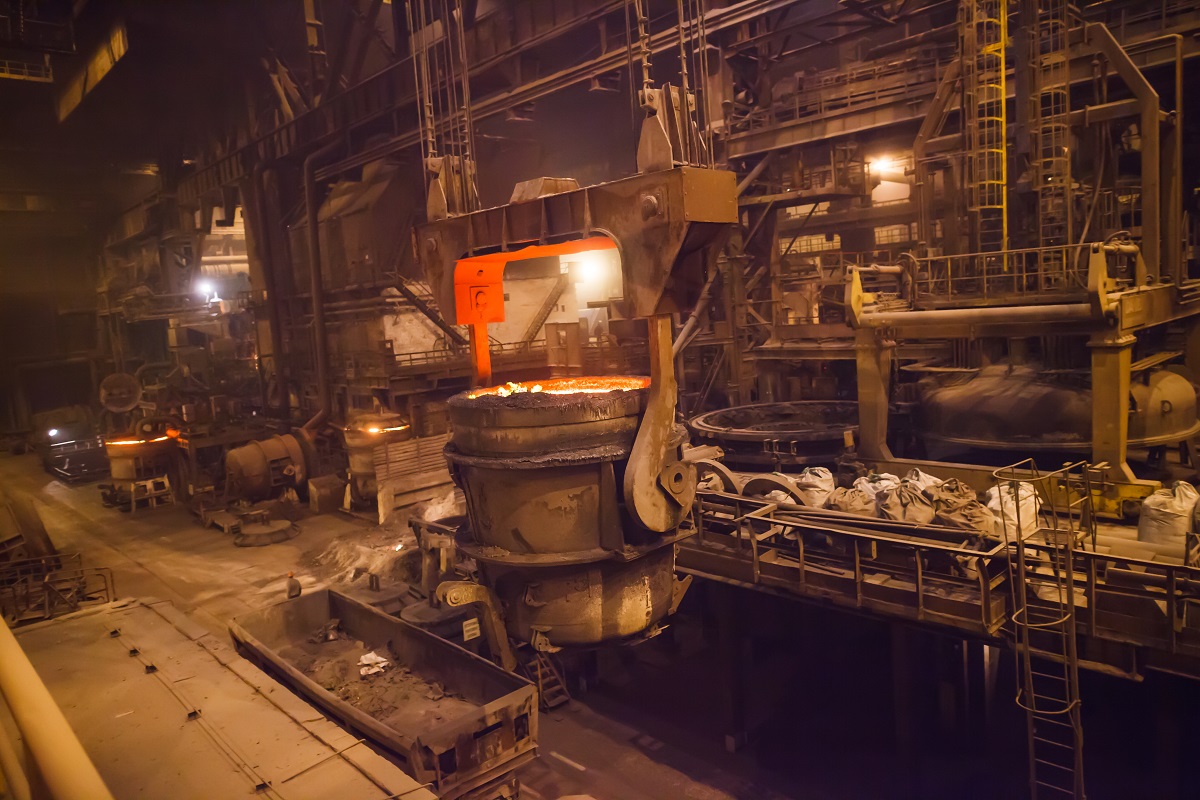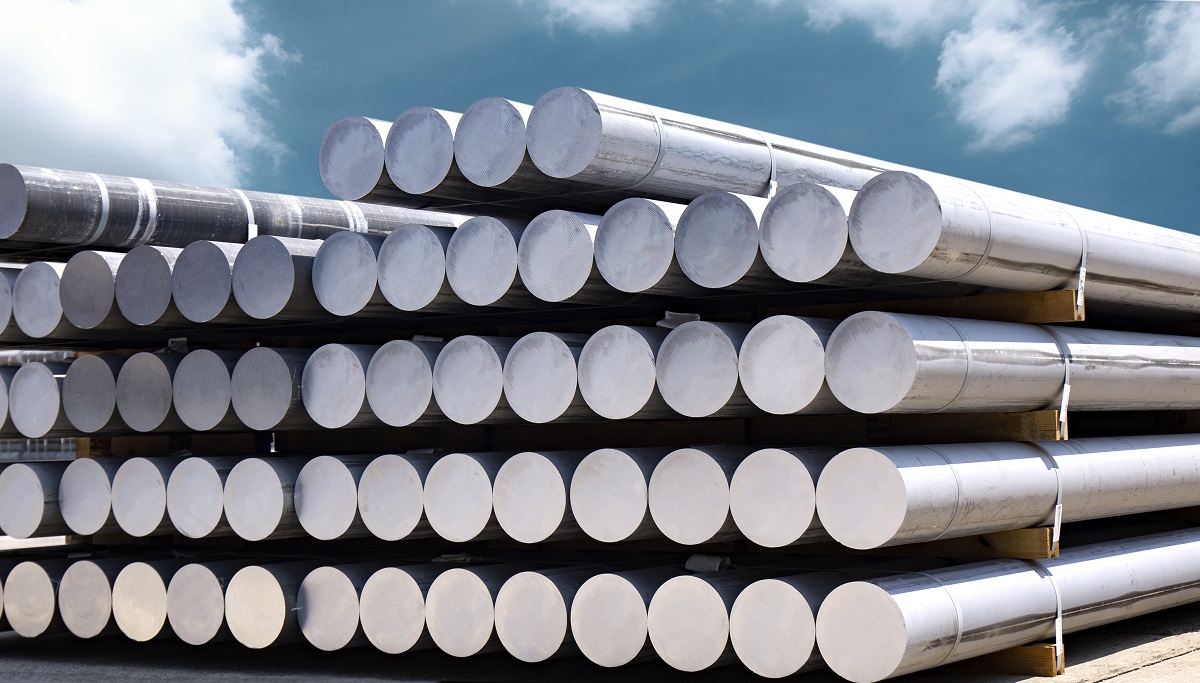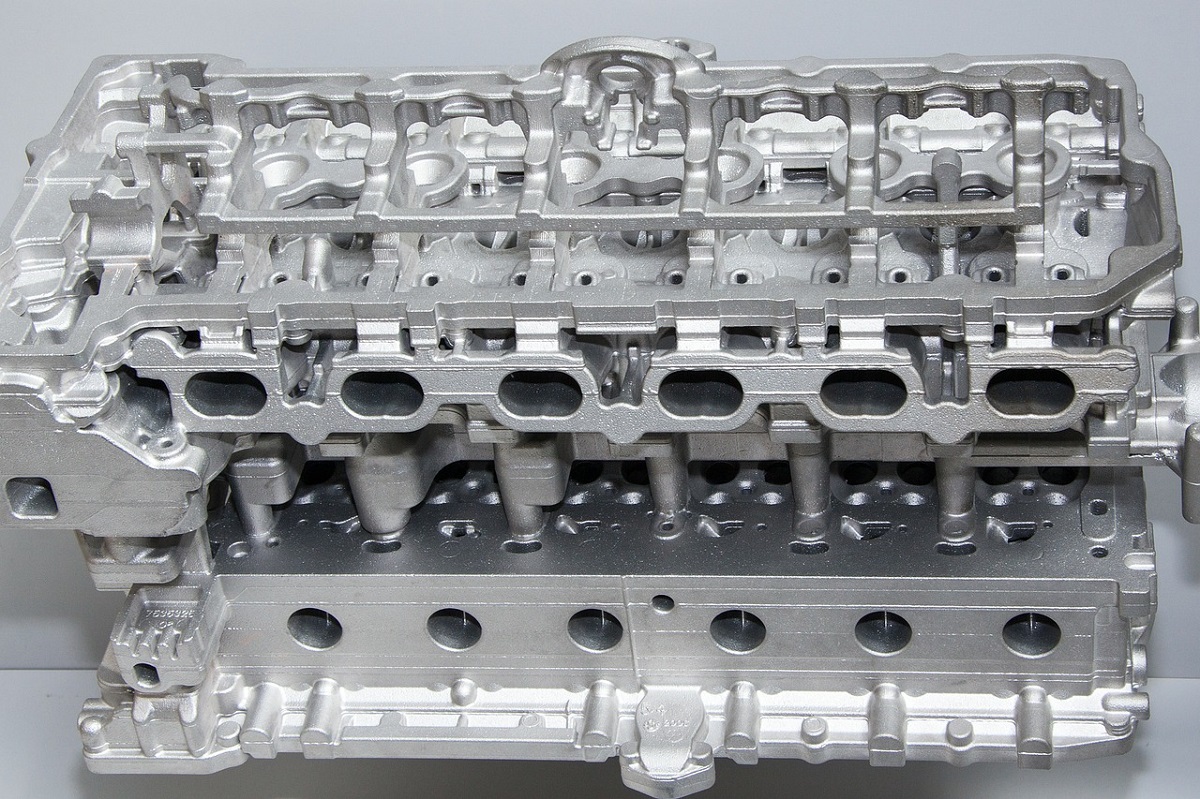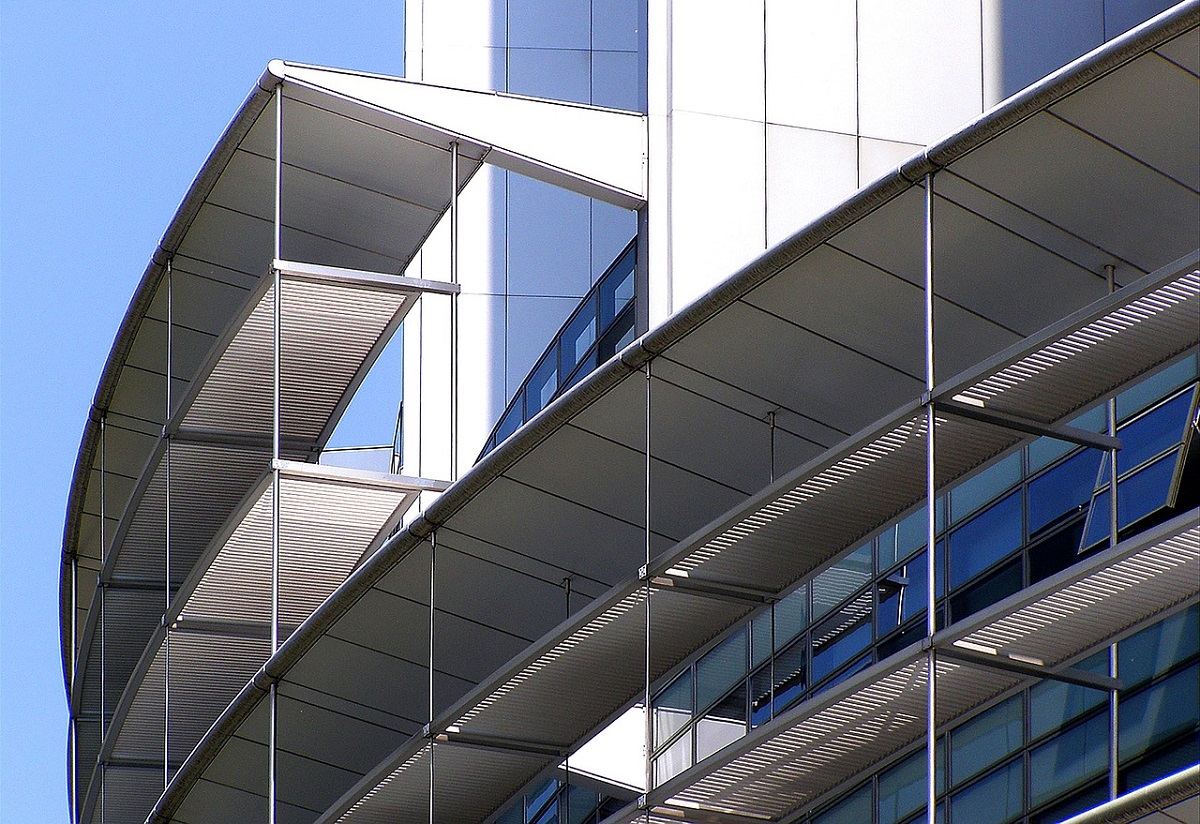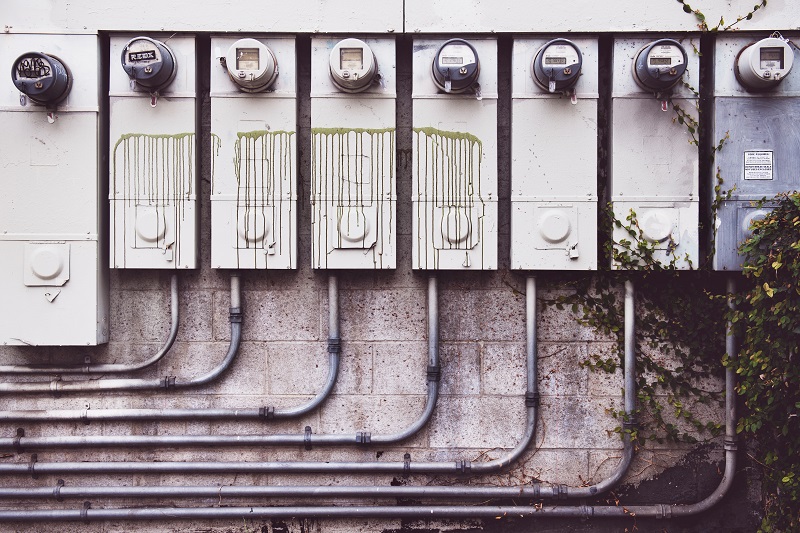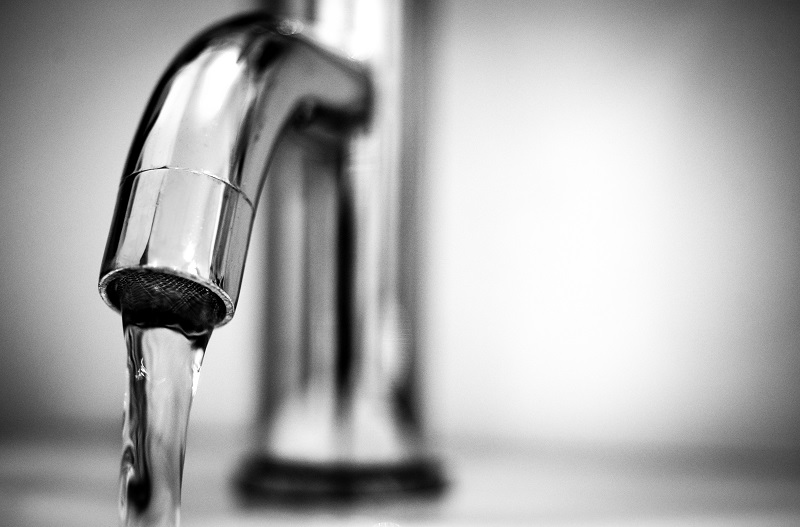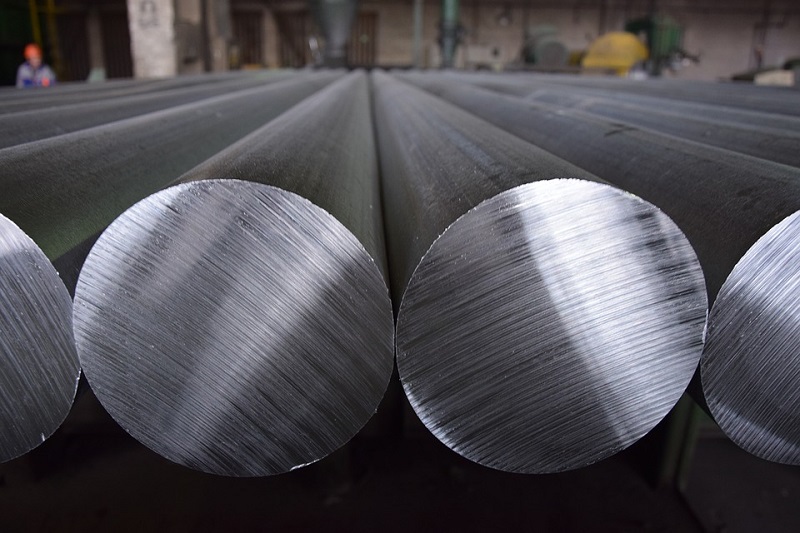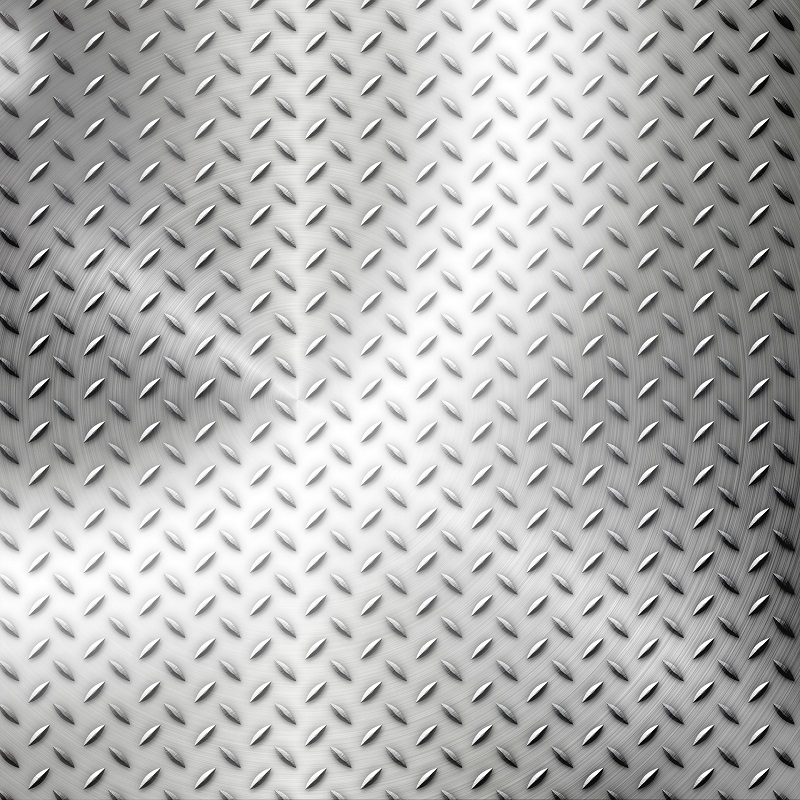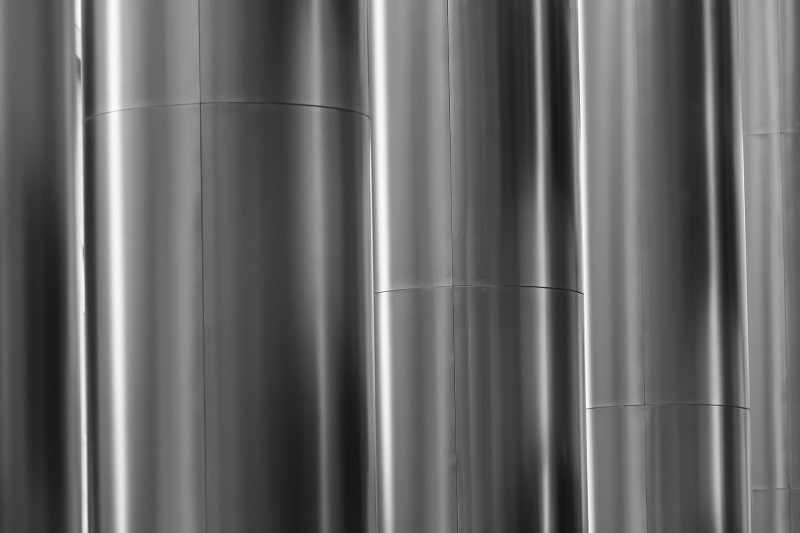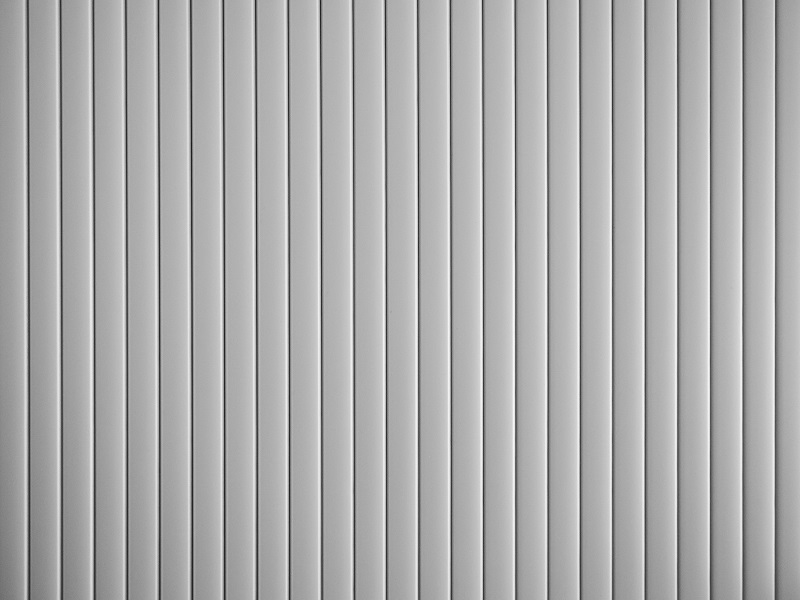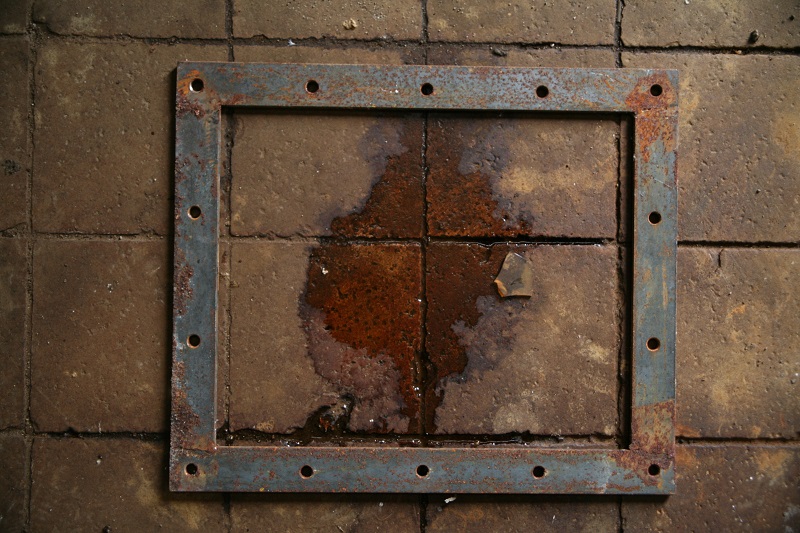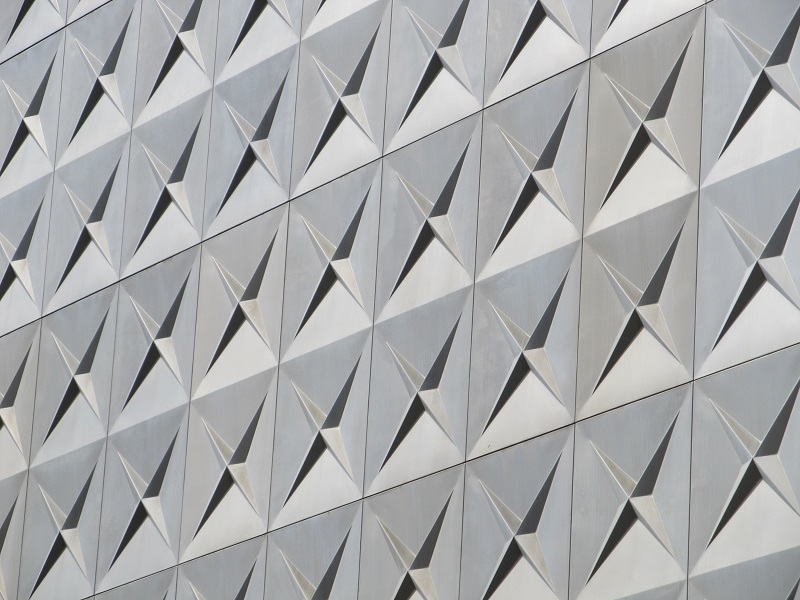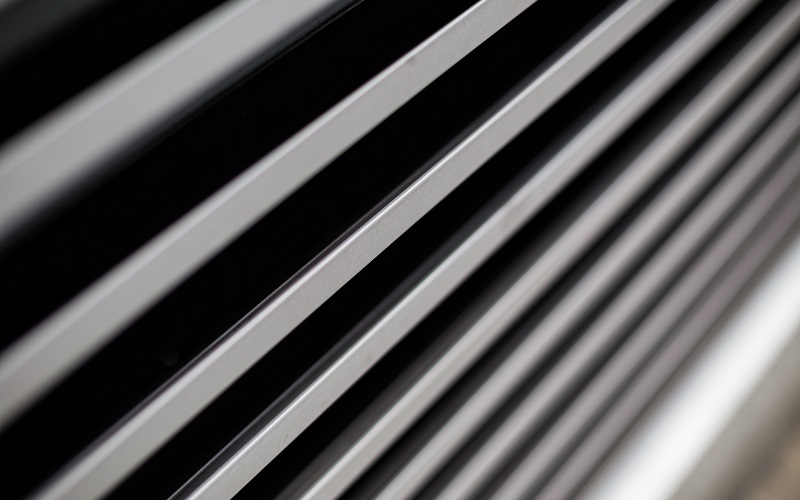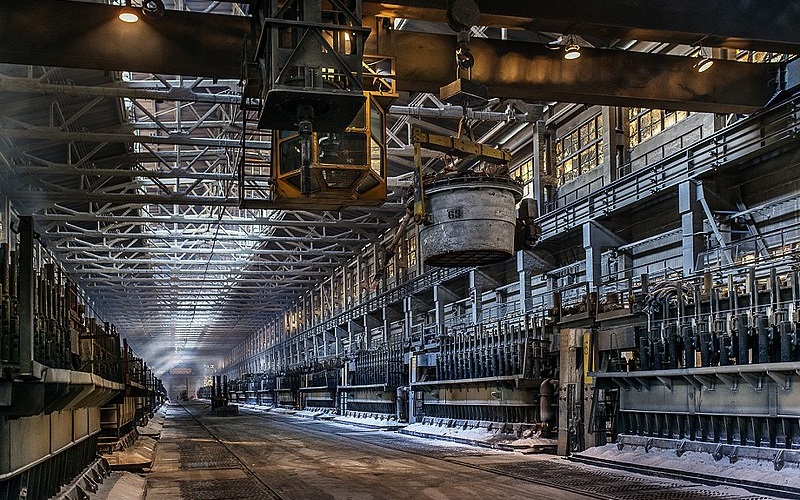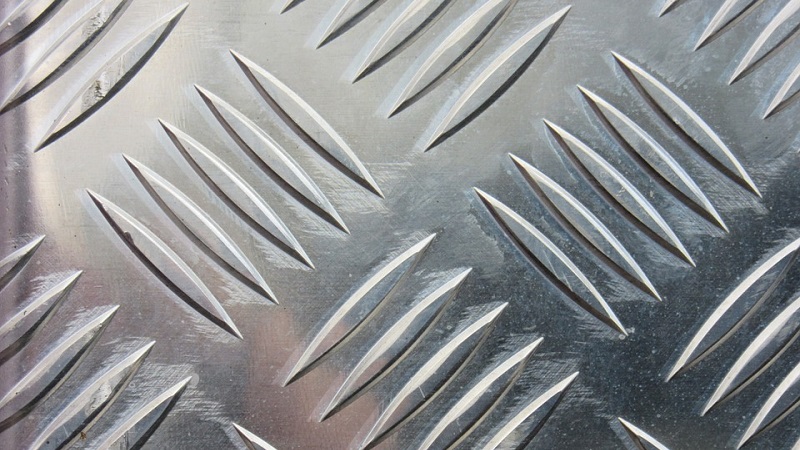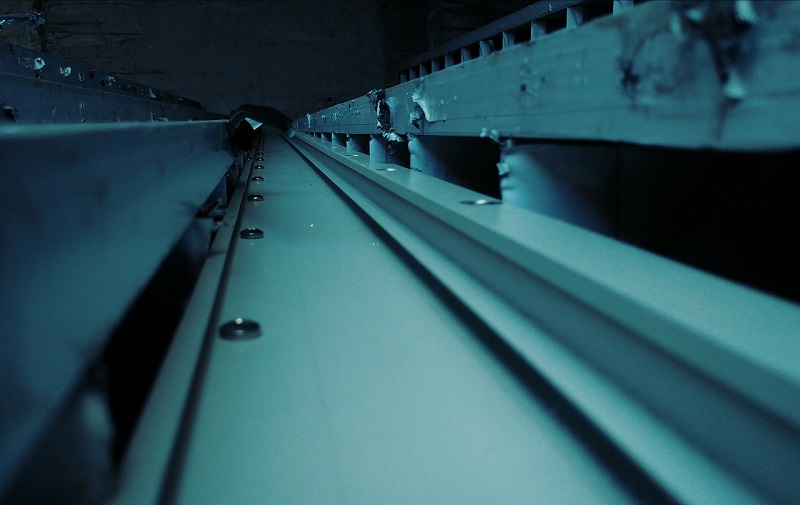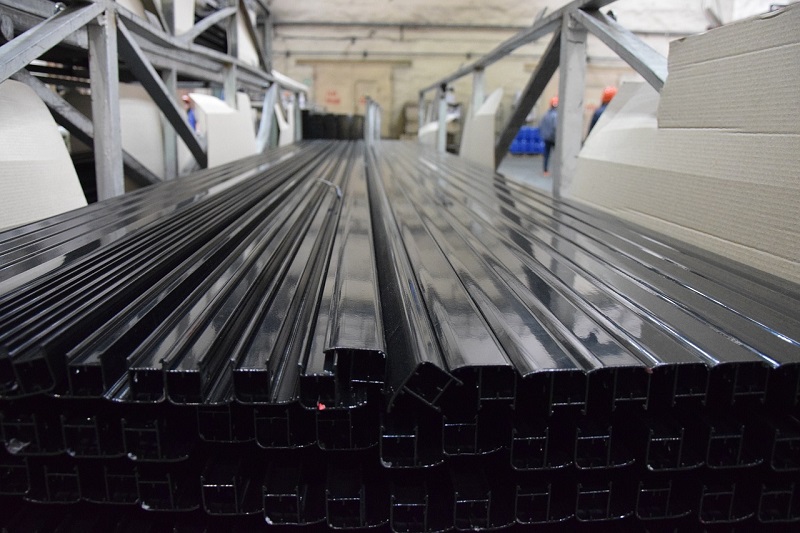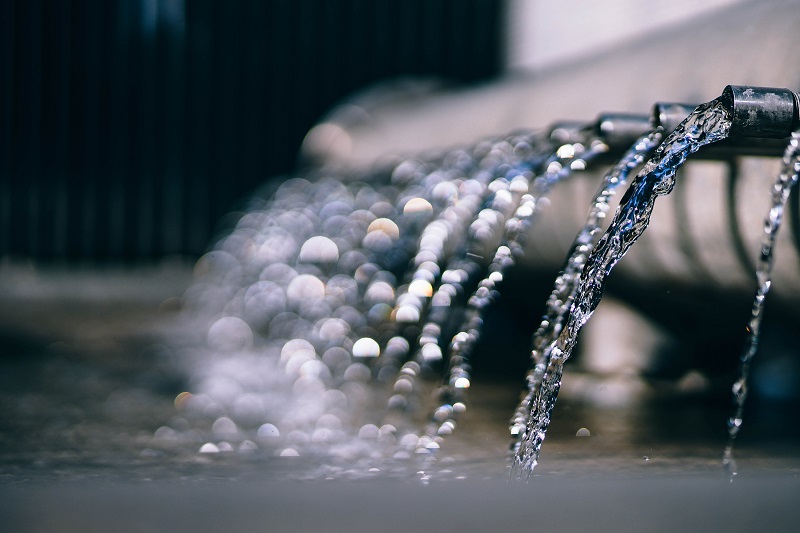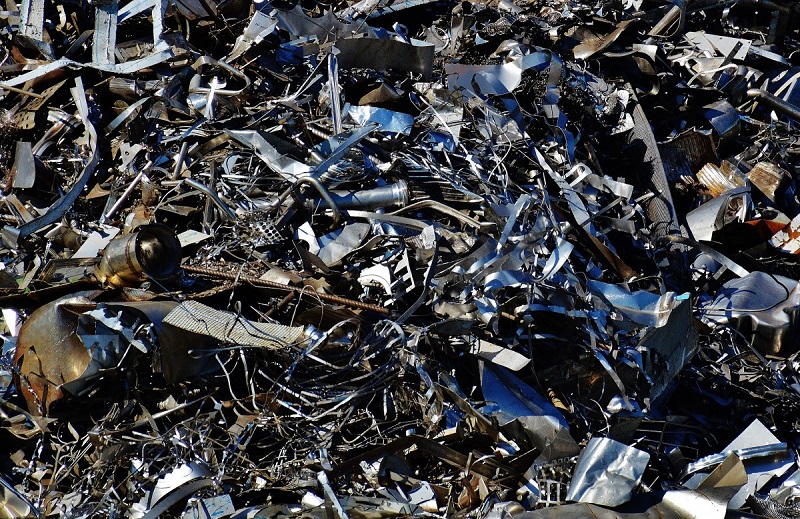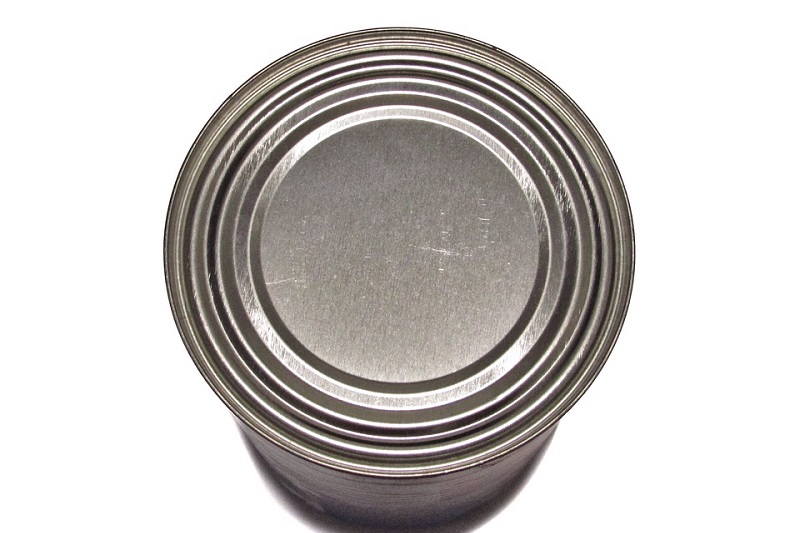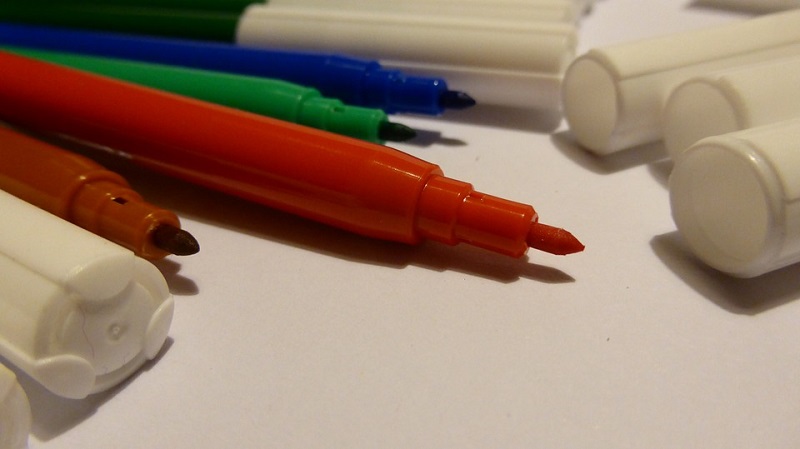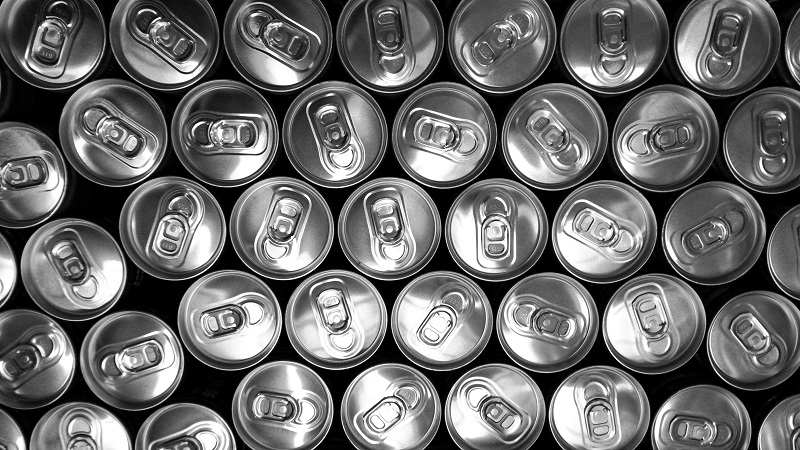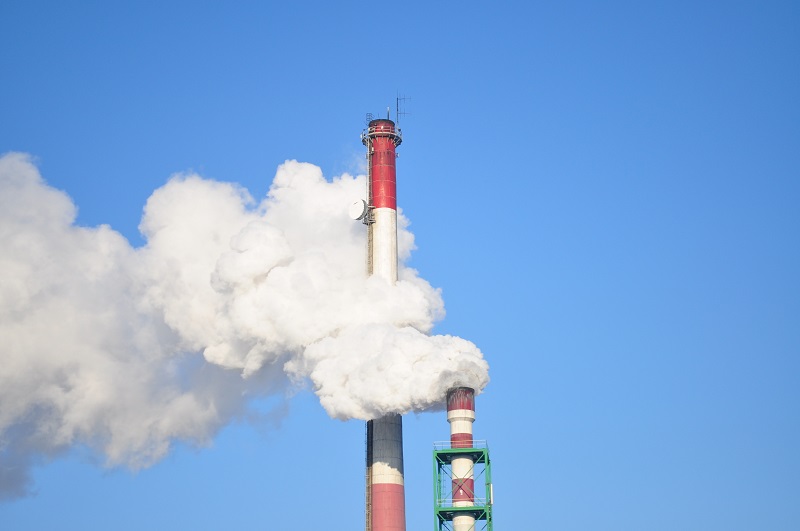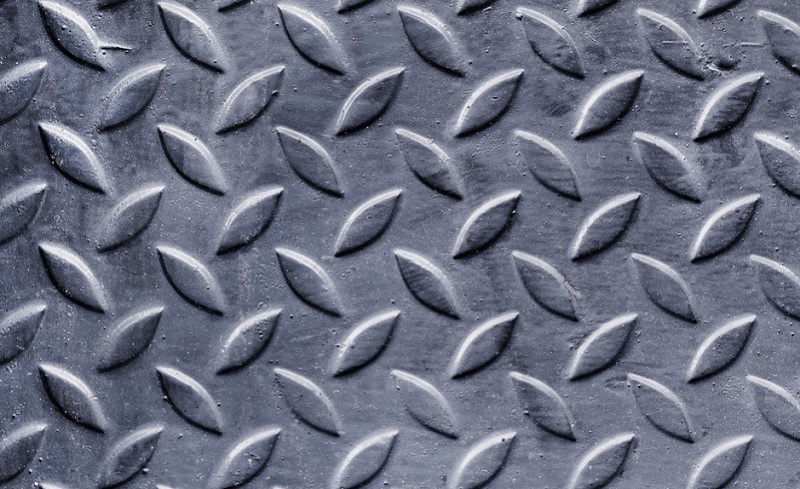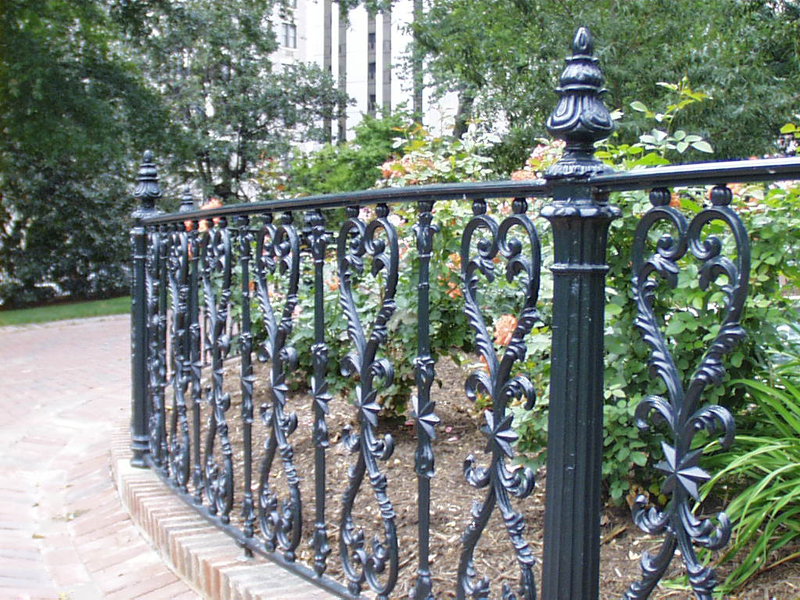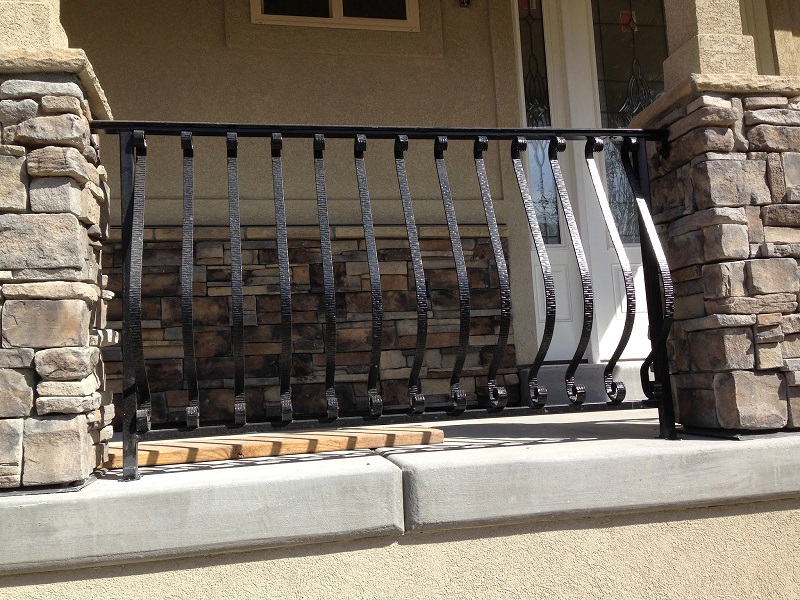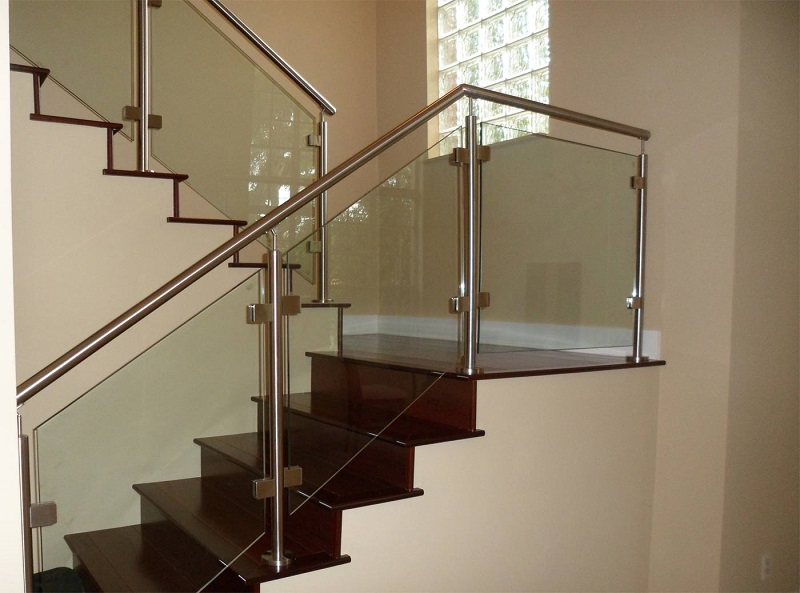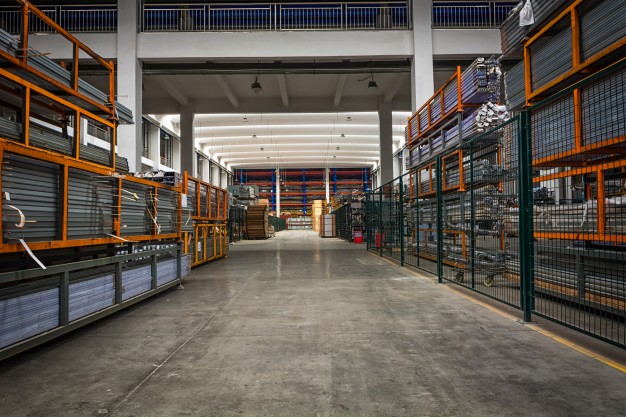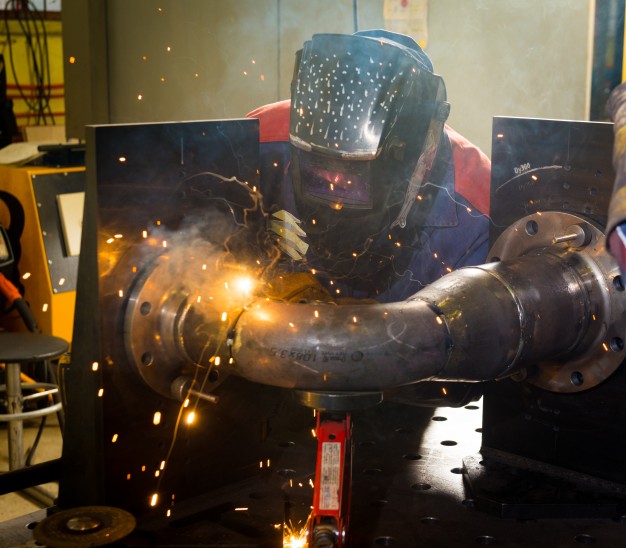Are you at a crossroads on what material you should use for your railings? Should it be steel, wood, vinyl or aluminum? What you decide now will be committed to construction and will probably be set for years to come, so you have to choose wisely. With all of its advantages, aluminum is the most ideal option. Why? Let’s take a look at the many benefits of aluminum railings, and why it is the optimal choice of material and make for your new veranda, deck or patio.
Material Strength
No matter what shape or size it’s melded into, aluminum has a very sturdy composition and can withstand various alterations while still maintaining its durability vs. wear and tear over time. It’s a tenacious metal that holds well regardless of how it’s used. Aluminum is also very lightweight and can be easily transported to the project site, which is a plus for contractors. But that’s why some people misconstrue aluminum as a softer metal, because it’s seen in the market as aluminum foil or aluminum cans – but don’t mistake its versatility for weakness! It’s also used in heavy-duty construction, with a very impressive strength vs. weight ratio. Aluminum can also be augmented with other alloy metals. Remember that it is also used for industrial applications, in putting up buildings, bridges and the like.
Style Applications
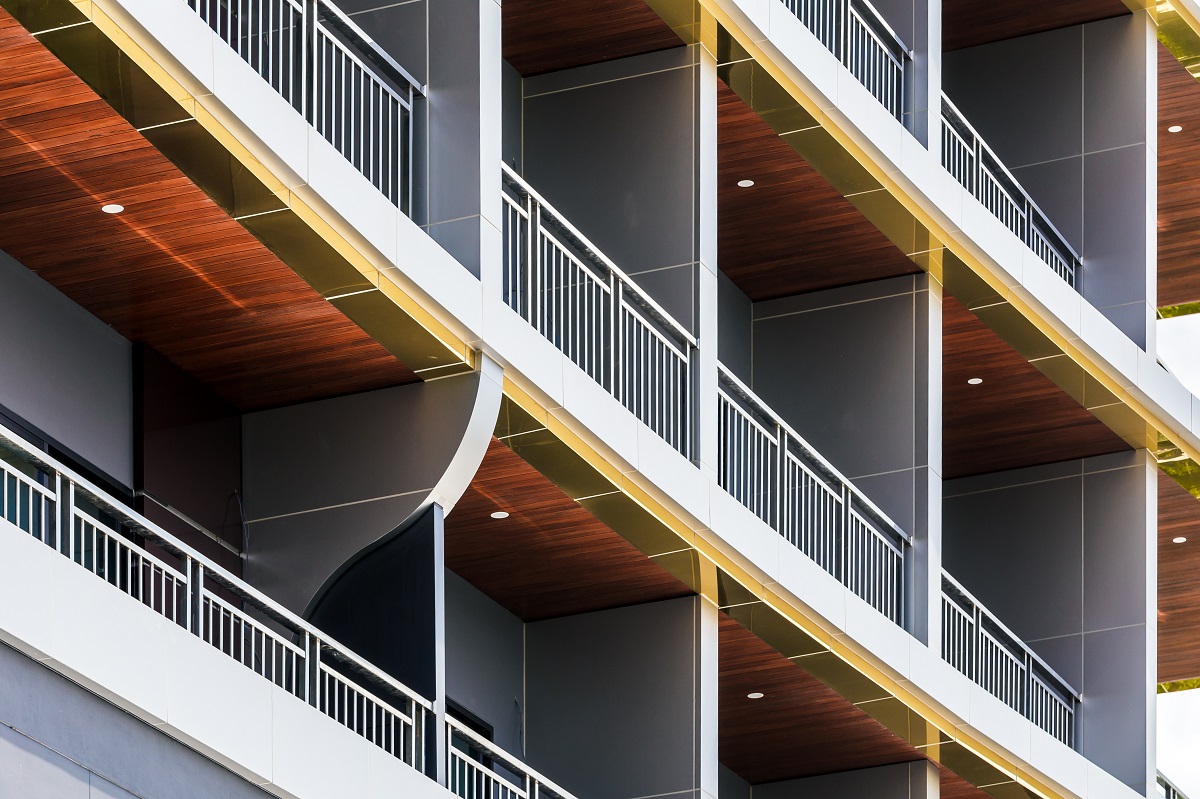
Playing to its other strength of tenacity and versatility, you can mold aluminum into more intricate and detailed designs, allowing you to craft even the most complex railing patterns to match your overall motif with virtually no limitations. Your outdoor deck can have a French Quarter inspired look, old-fashioned and traditional, or sleek and modern – you can bend and mold aluminum easily without worrying if it will stand the test of time. You can also apply a powder coating to add a splash color and vibrancy, to make your railings stand out even more. Whereas if you want to build with galvanized steel and add some color, you’ll have a difficult time making paint stick to the steel surface, and when it does, expect that it will peel off after some time anyway.
Less Maintenance
You won’t need to do any heavy-duty cleaning with aluminum. Nor will you even need to paint it, stain it, or have it treated; you can count on its powdered coating to protect it and maintain the railings in best condition. All you need is a handy rag or sponge, and then a good hose-down with water, but even this is a rarity and only a concern if you are extra meticulous about dust and dirt, otherwise you can just let it exist and bask for months on end.
Longevity and Resistance
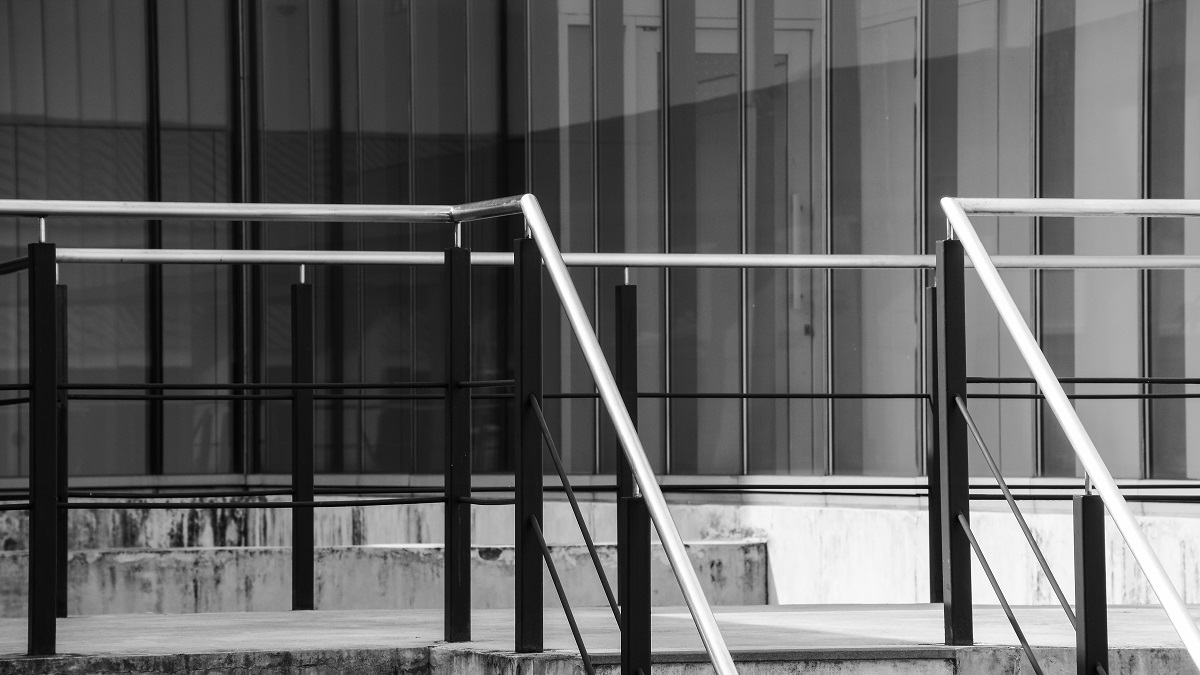
Aluminum can withstand all the kinds of natural outside forces like rain, the hot sun, and its ultraviolet rays. What’s more, it will retain its composition and structure for many years without any alterations or deformations. Nor will it shrink or expand extensively due to external weather and temperature. Wood, on the other hand, will warp and deform over time, not to mention the possibility of rot and decay. Plus, you may need to treat it with chemicals.
In line with that, corrosion resistance is one of the best benefits of aluminum railings. Steel is sturdy and malleable, but it is also highly susceptible to rust. That will lead to discoloration and decrease the aesthetic value of the entire construction. It also becomes an added danger should there be any semi-sharp mold jutting out of the fixture, and rust can reduce the strength of the steel, making it brittle and decomposed. With aluminum, you can rest assured that it is rust-free in most environments, so dispel all these worries and enjoy the same view in the years to come.
Sustainable and Recyclable
And for those who are looking at the long-term, consciously making choices that benefit and consider the environment, then aluminum is the material you should definitely use and explore for all your building projects. Aluminum is recyclable and reusable, to the point where waste segregation services will separate aluminum items because they have great utility and retain high value even after disposal. It will not be smushed into the heaps of undesirable by-products like plastic but all other prospective materials, like wood, steel composites, and vinyl, will definitely be only good for one-time use and get discarded without a second look.
Key Takeaway
As you build your outdoor deck, and actually, for any railings that you plan to have made, make the smart choice and go aluminum. With all the benefits of aluminum railings in virtually all aspects over the alternatives – in composition strength, aesthetic malleability, overall lifespan, and reusability, you can be sure that you won’t regret your decision in the long-run.
